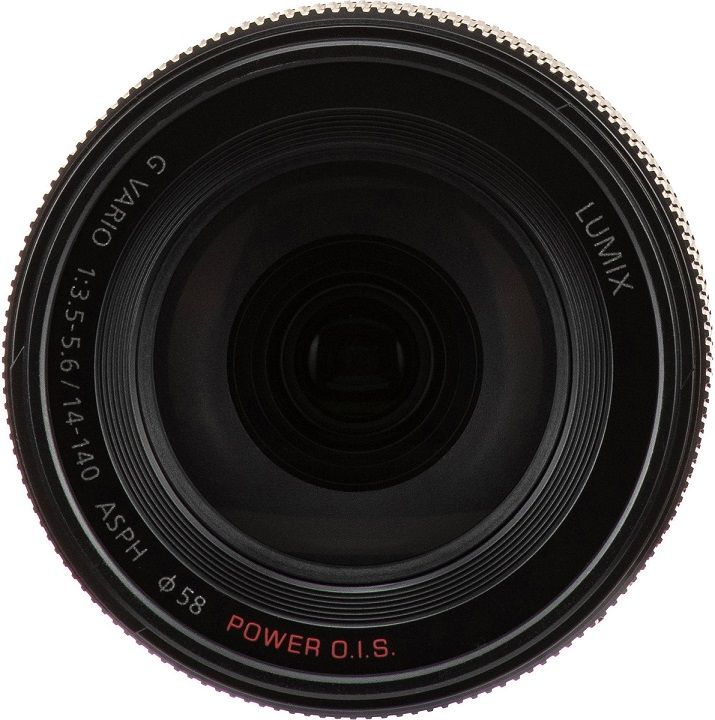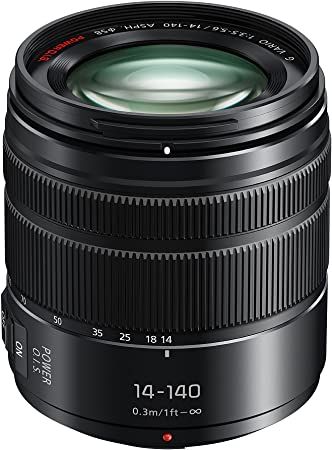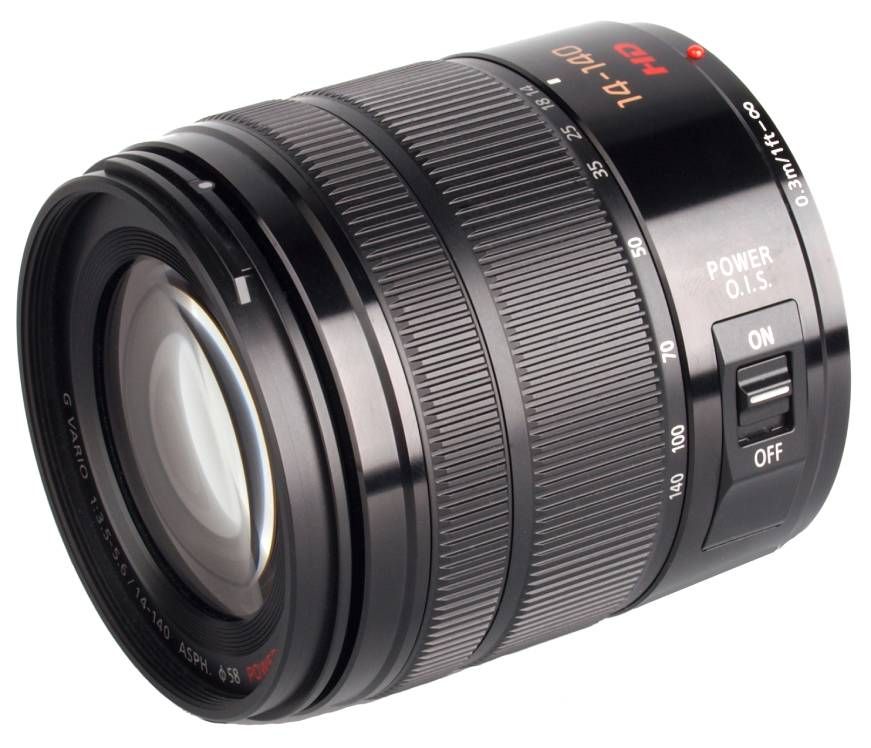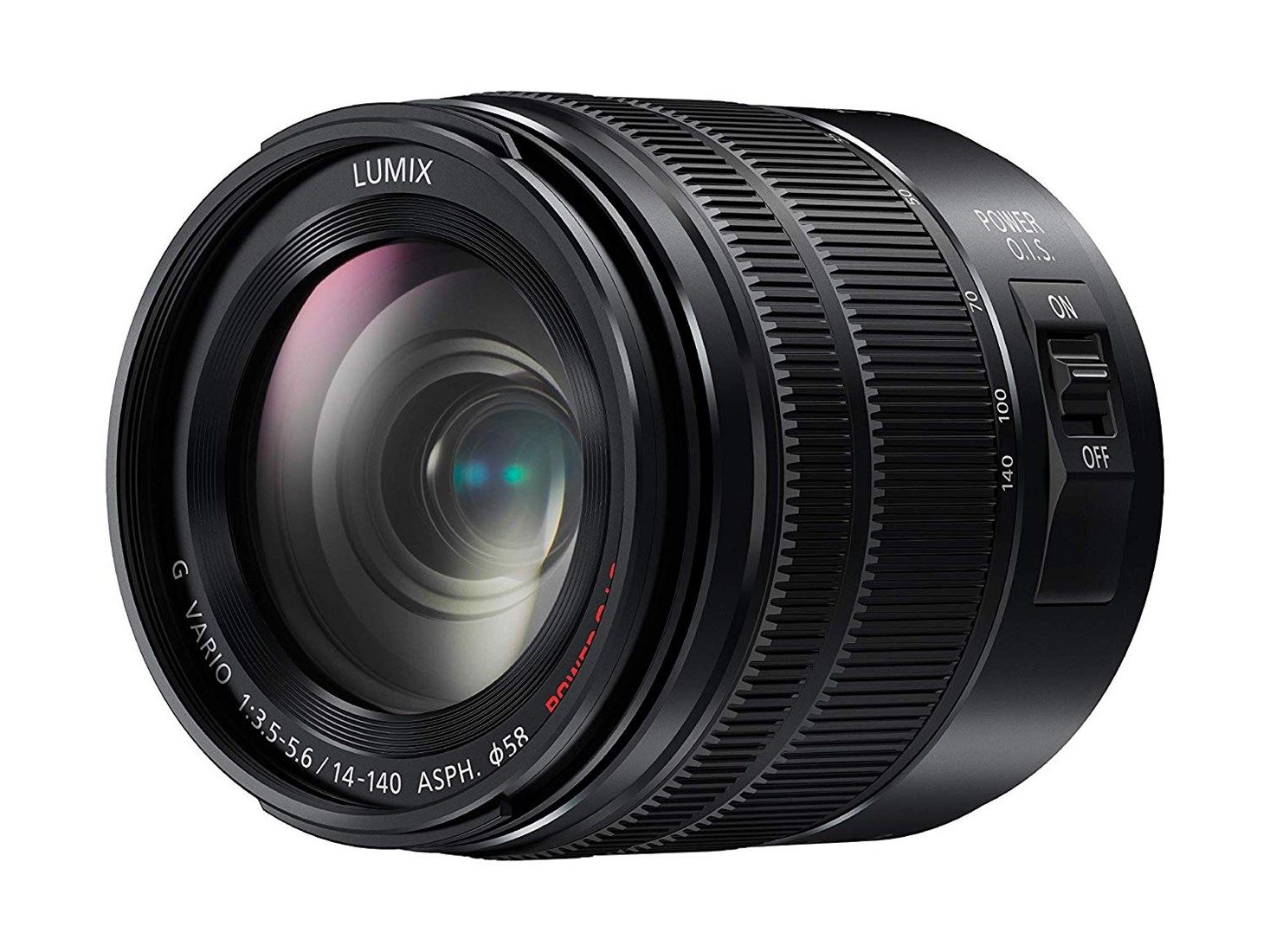Product Description
Panasonic 14-140mm F3.5-5.6 II Lumix G Vario ASPH. Power O.I.S. Lens
The Panasonic 14-140mm F3.5-5.6 II Lumix G Vario ASPH. Power O.I.S. Lens is an upgraded version of the highly popular 14-140mm lens, offering exceptional versatility with a powerful 10x optical zoom and Power Optical Image Stabilization (O.I.S.). Designed for photographers and videographers alike, this lens provides a 35mm equivalent focal range of 28-280mm, making it perfect for capturing a wide range of subjects—from macro to landscapes and everything in between. With its compact, lightweight build and rugged dust and splash-resistant design, this lens is ready for any shooting situation.
Key Features:
- 10x optical zoom (28-280mm equivalent): Offers exceptional flexibility for everything from macro photography to portraits and landscapes.
- Splash and dust-resistant: Built for durability, allowing you to shoot in challenging outdoor conditions.
- Aperture range of f/3.5 to f/22: Provides versatility for various lighting and depth-of-field needs.
- Three aspherical and two ED elements: Ensure sharp image quality with reduced chromatic aberrations.
- POWER Optical Image Stabilisation: Compensates for camera shake, allowing for sharp, handheld shots at any focal length.
- Stepping AF motor: Delivers fast, quiet autofocus, ideal for both stills and video.
- Rounded 7-blade diaphragm: Creates smooth, pleasing bokeh in out-of-focus areas.
Versatile Zoom for All Situations
The Panasonic 14-140mm F3.5-5.6 II is designed to handle any photography situation with its wide focal range and compact size. Whether you're capturing wide landscapes, close-up portraits, or detailed macro shots, this lens adapts easily to your creative needs. The f/3.5-5.6 aperture range ensures great results in various lighting conditions, while the 10x zoom brings distant subjects closer with remarkable clarity.
Rugged, Weather-Resistant Design
This updated version improves upon its predecessor with a dust- and splash-resistant design, making it a reliable choice for outdoor photography. Whether you’re shooting in adverse weather or challenging environments, this lens ensures durability without compromising image quality.
Pin-Sharp Image Quality with POWER O.I.S.
Thanks to POWER O.I.S. technology, you can capture sharp, detailed images even when shooting handheld at longer focal lengths. The lens effectively compensates for camera shake and vibrations, delivering crystal-clear results without the need for a tripod.
Ideal for Photography and Videography
In addition to being a stellar choice for still photography, the 14-140mm F3.5-5.6 II excels in videography. The lens offers smooth aperture transitions to avoid exposure jumps, while the stepping motor ensures fast and quiet autofocus, ideal for seamless video capture.
Lightweight and Compact
Weighing just 265g and measuring only 75mm in length, this lens is compact and easy to carry, making it the perfect companion for travel, outdoor shoots, or casual photography.
Capture every moment with the Panasonic 14-140mm F3.5-5.6 II Lumix G Vario ASPH. Power O.I.S. Lens—a versatile, compact, and durable lens designed for both photography and videography in any environment.
For full specifications click Here
Payment & Security
Your payment information is processed securely. We do not store credit card details nor have access to your credit card information.






















